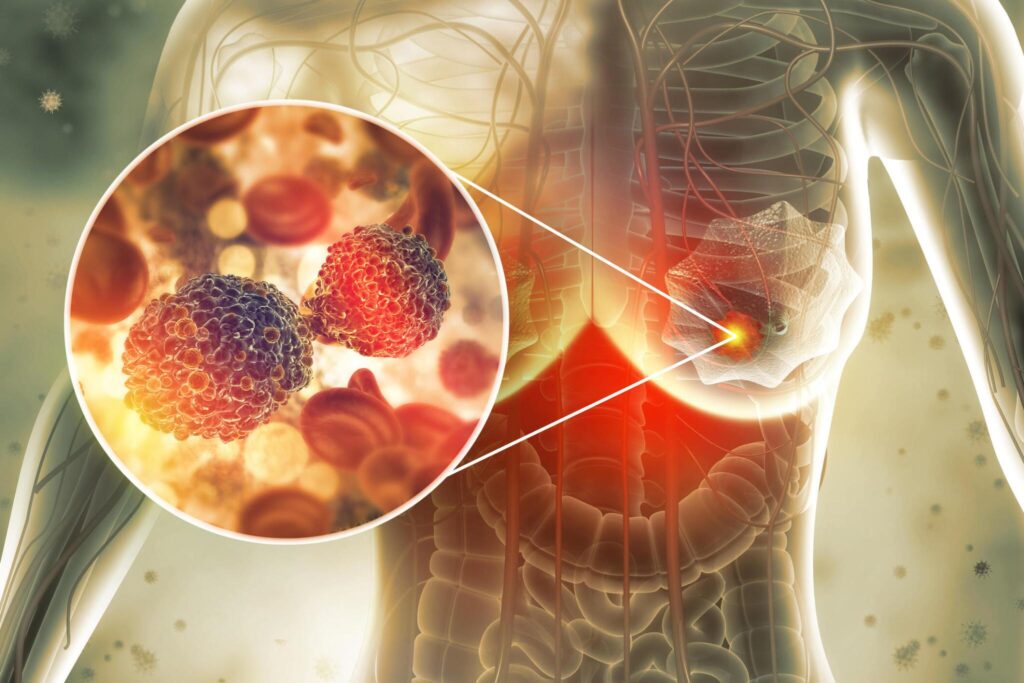Breast Tumors and Cancer

The treatment of breast tumors depends on various factors, including the type of tumor, its stage, hormone receptor status, HER2 status, and the overall health of the patient. Here are some common treatment options for breast tumors:
Surgery:
Lumpectomy (Breast-Conserving Surgery): Removal of the tumor and a small amount of surrounding healthy tissue.
Mastectomy: Removal of the entire breast, which may be necessary in more advanced cases or when the patient prefers it.
Radiation Therapy:
Uses high-energy rays to target and destroy cancer cells or to shrink tumors before surgery.
Commonly used after lumpectomy to reduce the risk of cancer recurrence.
Chemotherapy:
Involves the use of drugs to kill or slow the growth of cancer cells.
Administered orally or intravenously.
Hormone Therapy:
Often used for hormone receptor-positive breast cancers.
Blocks the effects of estrogen or progesterone, which can fuel the growth of certain types of tumors.
Targeted Therapy:
Designed to target specific molecules involved in cancer growth.
For example, Trastuzumab (Herceptin) is a targeted therapy for HER2-positive breast cancers.
Immunotherapy:
Stimulates the body’s immune system to recognize and destroy cancer cells.
Currently being researched for its effectiveness in breast cancer treatment.
Adjuvant and Neoadjuvant Therapy:
Adjuvant therapy is given after surgery to reduce the risk of cancer recurrence.
Neoadjuvant therapy is given before surgery to shrink tumors.
